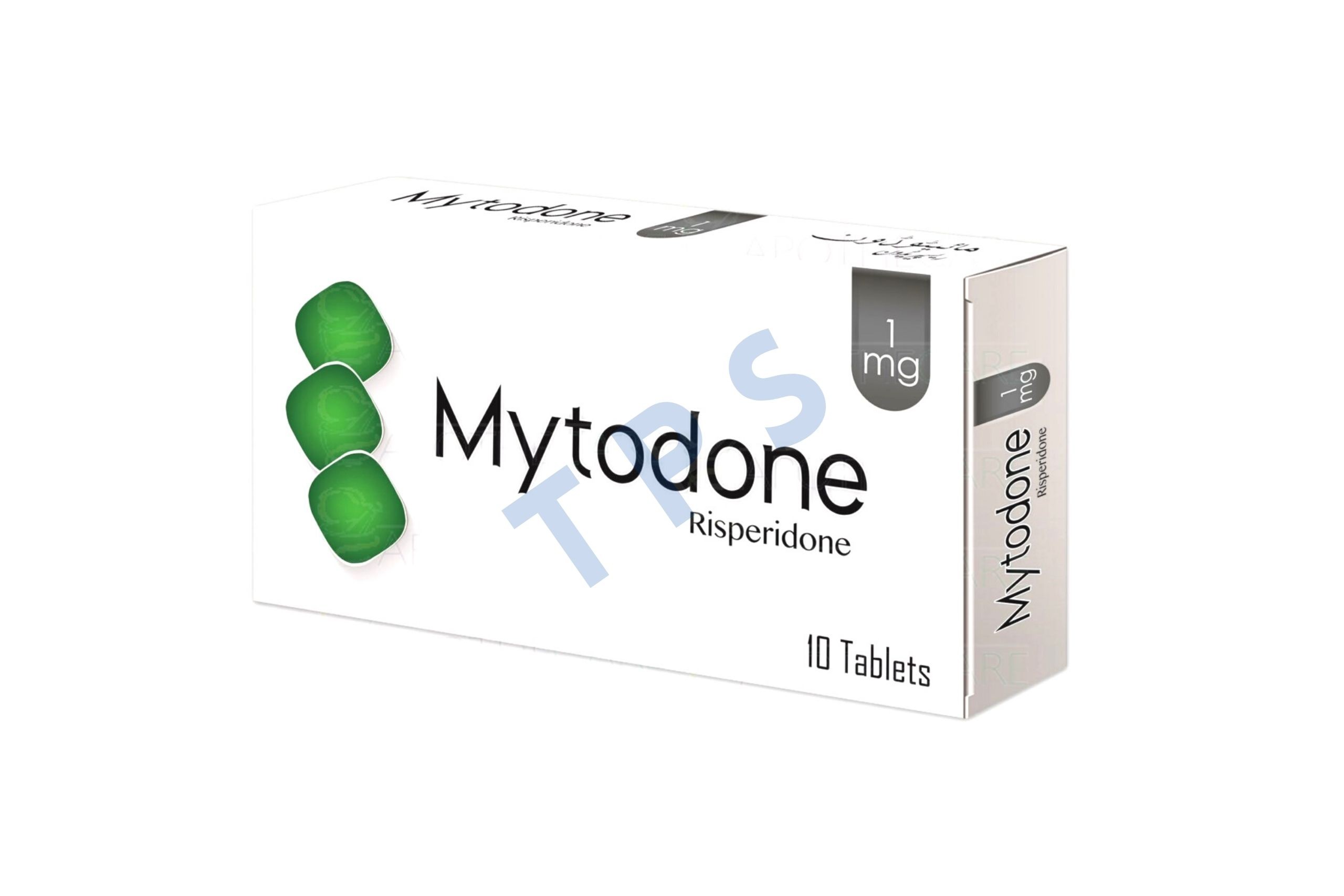Are you tired of dealing with the pain and discomfort of varicose veins? You’re not alone. These unsightly, bulging veins can not only be a cosmetic concern but also a source of physical distress. In this blog post, we will explore what varicose veins are, their causes and symptoms, treatment options, and lifestyle changes that can help you manage this common condition effectively. Let’s dive in to learn how to say goodbye to varicose veins for good!
What are Varicose Veins?
Varicose veins are enlarged, twisted veins that typically appear blue or dark purple under the skin. They commonly occur in the legs and are often a result of weakened or damaged vein valves. These valves usually help blood flow back to the heart, but when they don’t function properly, blood can pool in the veins.
As a result, pressure builds up, causing the veins to swell and become varicose. Varicose veins can be painful and may lead to other complications if left untreated. Factors like genetics, age, pregnancy, obesity, and prolonged standing can increase your risk of developing varicose veins.
While they are not always preventable due to genetic predisposition or aging factors, there are ways to manage their symptoms effectively. Understanding what varicose veins are is crucial in taking proactive steps towards treatment and prevention strategies for better leg health.
Causes and Risk Factors
Varicose veins can be caused by weakened or damaged valves in the veins. When these valves don’t function properly, blood may flow backward and pool in the veins, leading to their enlargement and the characteristic twisted appearance.
One of the primary risk factors for developing varicose veins is genetics. If your family members have had them, you may be more likely to experience them yourself. Other contributing factors include age, as wear and tear on vein valves increase over time.
Prolonged standing or sitting can also put pressure on the veins, making it harder for blood to circulate effectively. Additionally, hormonal changes during pregnancy or menopause can weaken vein walls.
Obesity and a sedentary lifestyle are linked to an increased risk of varicose veins due to added pressure on the circulatory system. Smoking and a diet high in processed foods may also contribute to poor vein health.
Symptoms and Complications
Varicose veins are not just a cosmetic concern; they can also be painful and cause discomfort. Symptoms of varicose veins may include bulging, twisted veins that are dark purple or blue in color. These veins often appear on the legs and can be accompanied by aching, heaviness, swelling, and cramping.
Complications from untreated varicose veins can range from mild to severe. In some cases, skin ulcers or sores may develop near the affected vein due to poor circulation. Blood clots known as superficial thrombophlebitis can form in the inflamed vein and cause pain and inflammation.
It’s essential to address these symptoms early on to prevent complications down the line. Seeking treatment options like compression stockings, lifestyle changes such as regular exercise, elevating your legs when resting, and avoiding prolonged sitting or standing can help manage symptoms effectively.
Treatment Options
When it comes to treating varicose veins, there are several options available depending on the severity of the condition. One common treatment method is sclerotherapy, which involves injecting a solution directly into the affected vein to cause it to collapse and eventually fade away.
Another popular option is endovenous laser therapy (EVLT), where a laser fiber is inserted into the vein to deliver targeted heat, causing the vein to seal shut. This minimally invasive procedure typically results in less pain and quicker recovery compared to traditional surgery.
For more severe cases, surgical procedures like ligation and vein stripping may be recommended. These involve tying off or removing the problematic veins through small incisions in the skin.
It’s important to consult with a healthcare professional to determine the best treatment plan for your specific situation. Remember, early intervention can help prevent complications and improve quality of life.
Preventing Varicose Veins
Preventing varicose veins is essential to maintain healthy circulation in your legs. One way to prevent the development of varicose veins is by staying physically active. Regular exercise helps improve blood flow and strengthens the muscles that support your veins.
Maintaining a healthy weight is also crucial in preventing varicose veins. Excess weight puts added pressure on your veins, increasing the risk of developing this condition. Eating a balanced diet rich in fiber and low in salt can help keep your weight in check.
Avoiding prolonged periods of sitting or standing can also aid in preventing varicose veins. Make sure to take breaks and move around if you have a job that requires extended periods of sitting or standing.
Wearing compression stockings can provide additional support for your veins, especially if you are at higher risk for developing varicose veins due to genetics or lifestyle factors. Additionally, elevating your legs when resting can help reduce swelling and improve circulation.
By adopting these preventive measures, you can lower your chances of developing painful varicose veins and promote overall leg health.
Lifestyle Changes to Help Manage Varicose Veins
Maintaining a healthy lifestyle can play a significant role in managing varicose veins. Regular exercise, such as walking or swimming, helps improve circulation and strengthen leg muscles. Avoiding prolonged periods of sitting or standing is also crucial in preventing vein issues.
Elevating your legs above heart level when resting can reduce swelling and discomfort. Wearing compression stockings provides external support to the veins, promoting better blood flow. Additionally, maintaining a balanced diet rich in fiber and low in salt can help manage weight and reduce pressure on the veins.
Staying hydrated by drinking plenty of water throughout the day supports overall vascular health. Incorporating activities like yoga or cycling into your routine can enhance flexibility and promote circulation in the legs. These simple lifestyle changes can make a big difference in managing varicose veins effectively.
Conclusion
Varicose vein can be painful and may lead to various complications if left untreated. It is essential to understand the causes, symptoms, and treatment options available for managing this condition effectively. By making necessary lifestyle changes and taking preventive measures, individuals can reduce the risk of developing varicose veins or alleviate existing symptoms. Remember to consult with a healthcare professional for personalized advice and treatment plans tailored to your specific needs. Take care of your vein health to maintain overall well-being and quality of life.




